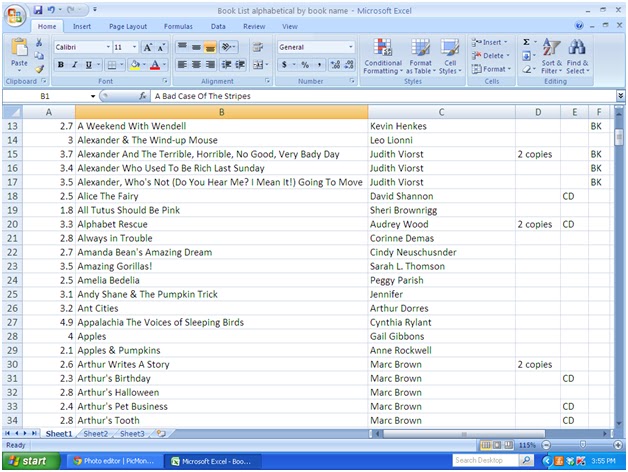Chaining is a technique used in Applied Behavior Analysis (ABA) to teach students complex tasks by breaking each step in the process down into individual behaviors (discrete responses).
During Backward Chaining all behaviors involved in a process are completed by the clinician (or parent) except the last step which is left for the student to complete.
I love to use backward chaining to help my dyslexic students learn the letter names.
First the student selects a phonemic object for each letter. These objects must begin with the same sound as the letter we are targeting. A = Apple (or in this case Asher because it happens to be his name), B = Batman, C = Cookie, etc.
The verbiage becomes "B says /b/ like Batman."
When completing drill and practice activities, the phonemic objects are available, the student is presented with the flash card, and the clinician says:
"This letter says /b/ like Batman. It's the letter __."
Hopefully the student will be able to supply the "B". However, if they are unable to perform the task a phonemic cue can be given as another cuing level.
When the student begins to show success with supplying the final step in the chain, the clinician can then begin supplying all but the last two responses:
"This letter says /b/ like _____, it's the letter ____."
Until ultimately the student is able to supply the entire sequence (without cues) when shown the
flash card.
I'm including a video to help demonstrate how backward chaining can be used to teach letter names/sounds. Many thanks to Asher for being such a hard worker!
He's a super star reader these days!!
Disclaimer: I purposefully allowed him to struggle on some trials longer than I normally would for demonstration purposes.





.jpg)













